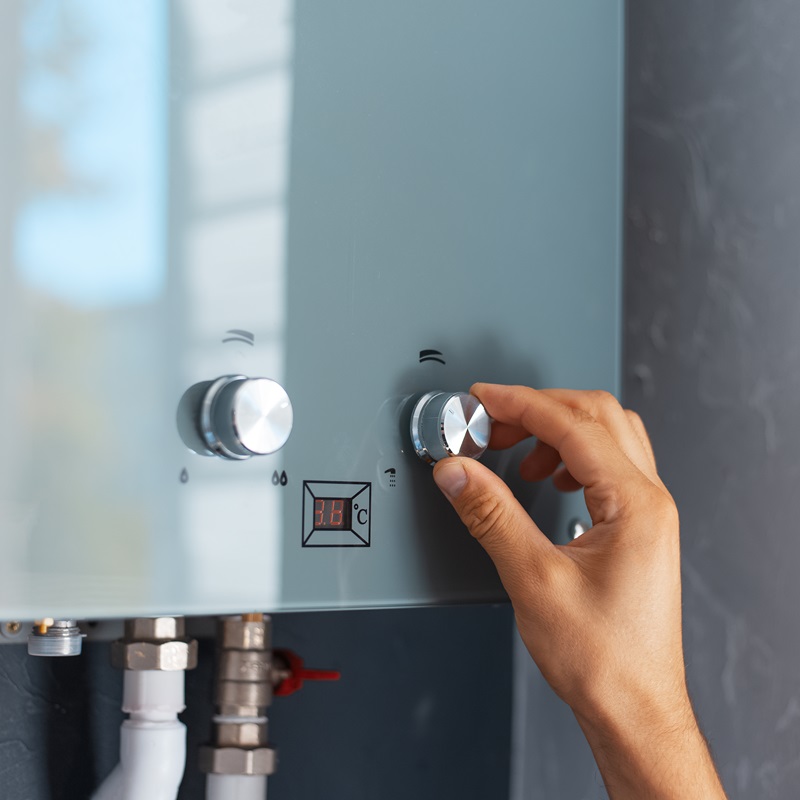Correct geyser sizes lead to better efficiency.
Wiki Article
Exactly how to Pick the Right Geyser to Take Full Advantage Of Power Efficiency in your house
Choosing an energy-efficient geyser is not as uncomplicated as it appears, calling for careful analysis of different factors. From recognizing the different types of hot springs, to evaluating their energy efficiency rankings and considering positioning strategy, each choice plays a vital duty in maximizing efficiency. Stabilizing the first investment with lasting savings is likewise critical. Let's embark on this trip to uncover exactly how to make one of the most enlightened option for a hot spring that will certainly lower your energy bills while guaranteeing optimum efficiency.
Comprehending the Different Kinds of Geyser
While there are numerous kinds of hot springs readily available on the market, understanding the distinctions in between them is vital for power efficiency (geyser sizes). The very first kind, storage space geysers, are one of the most usual and store warm water in a container for use when required. They are available in different abilities and are usually energy-efficient, yet they can shed warmth when not being usedThe second kind is the tankless geyser, which heats water on need, leading to less energy waste but requiring a greater initial power draw. Solar geysers use solar energy to warm the water, making them the most energy-efficient but likewise the most costly.
Analyzing Your House's Warm water Demands
Prior to diving right into the purchase of a geyser, it is critical to evaluate the warm water demands of your house. This evaluation must consider numerous factors consisting of the variety of home members, frequency of hot water usage, and the number of warm water electrical outlets in the home (geyser sizes). A small household with irregular warm water usage could need a smaller sized, less effective geyser contrasted to a bigger family with several day-to-day hot water requirements
The type of home appliances that need warm water also play a significant role. Dishwashing machines and cleaning equipments, for example, might need more warm water than a simple shower or kitchen sink. Specific tasks such as bathing or cleansing also affect the frequency and quantity of warm water needed.
Reviewing Energy Effectiveness Scores of Geyser
Having assessed the warm water demands of your home, it is necessary to transform your attention to the power performance rankings of hot springs. These ratings, usually given as Power Factor (EF), indicate a geyser's total power effectiveness based upon the amount of warm water generated per system of fuel consumed over a normal day. The greater the EF, the extra efficient the hot water heater.
Considerations in Geyser Size and Placement
Beyond power performance rankings, the dimension and positioning of your geyser are important aspects to think about. The size of the geyser must straighten with your household's warm water needs. A small geyser might make use of less energy but might not supply adequate hot water for multiple usages at the exact same time, view publisher site whereas a larger unit can fulfill better demand but might take in more power.Placement additionally affects energy efficiency. Geysers ought to be installed near to factors of usage to decrease warm loss during water transport. A centrally situated geyser can service multiple locations successfully. Furthermore, considering thermal insulation, a look at this web-site hot spring located in a warmer location loses less warm and for that reason makes use of much less energy to preserve the water temperature.
Cost Evaluation: Stabilizing Preliminary Financial Investment and Long-Term Savings
While dimension and placement most certainly play considerable duties in a geyser's energy performance, one should not ignore the financial element. When taking into consideration the initial financial investment, the rate of energy-efficient geysers can be greater than typical models. Nevertheless, the increased in advance expense can be countered by long-term energy financial savings, making it a rewarding investment in the long run.Examining lasting savings requires an understanding of the geyser's energy score. A device with a greater ranking will consume less energy, translating to lower utility bills in time. Moreover, federal government motivations see this site and discounts for energy-efficient appliances can also help recoup initial costs.
Lastly, maintenance and life expectancy ought to be factored in. Energy-efficient geysers frequently have longer lifespans and lower upkeep costs, adding to general savings. When stabilizing preliminary investment and long-lasting financial savings, one must consider not just the purchase cost but also power consumption, federal government rewards, and upkeep expenses.

Final thought
These include recognizing the types of geysers, analyzing your home's hot water requirements, evaluating power effectiveness ratings, and computing price advantages. The ideal geyser size, positioning, and insulation can considerably lower energy costs and ecological impact.Report this wiki page